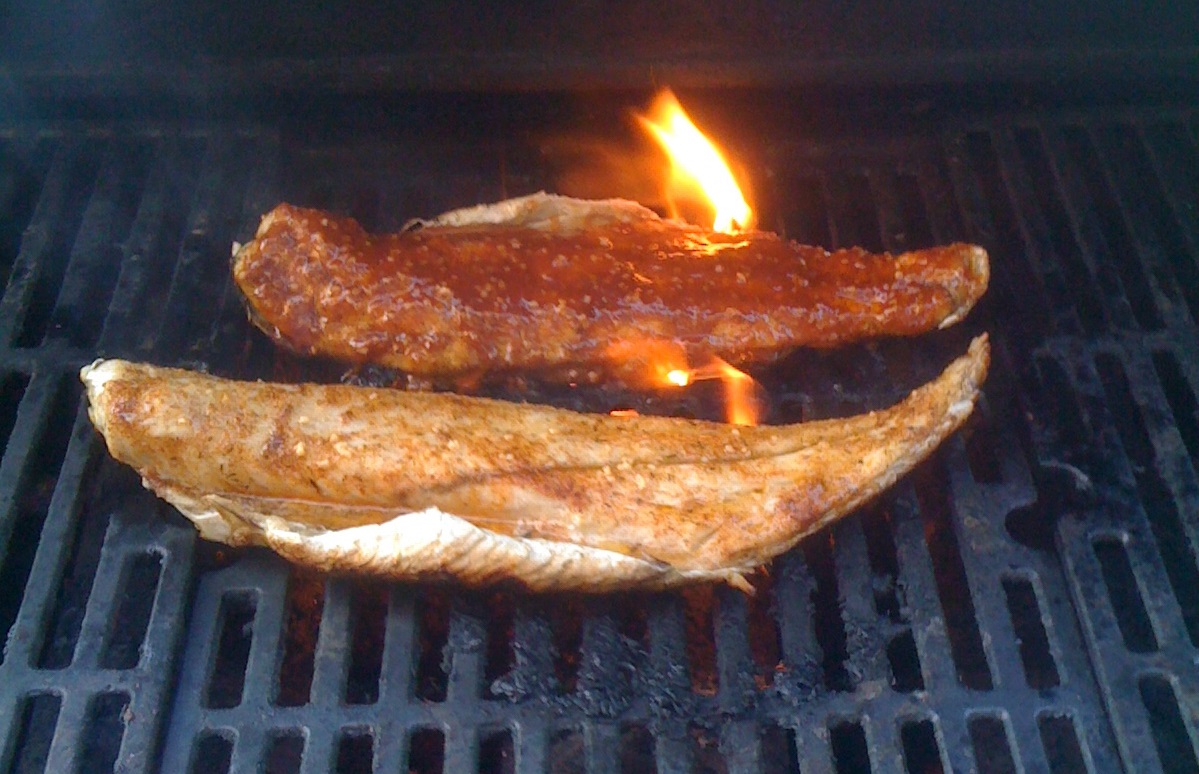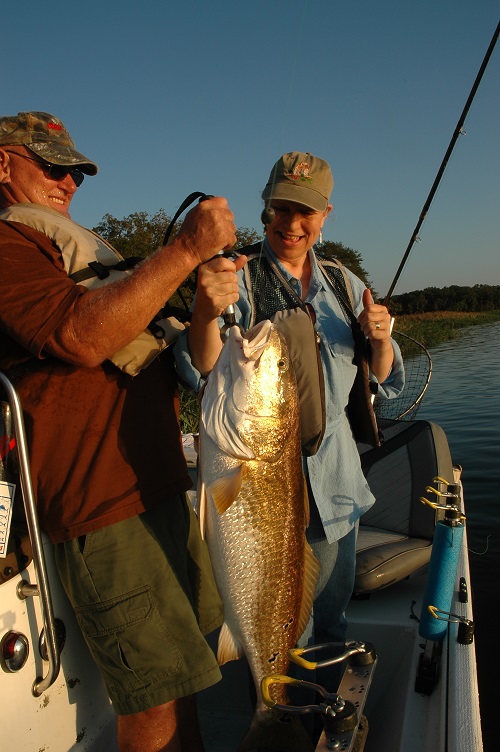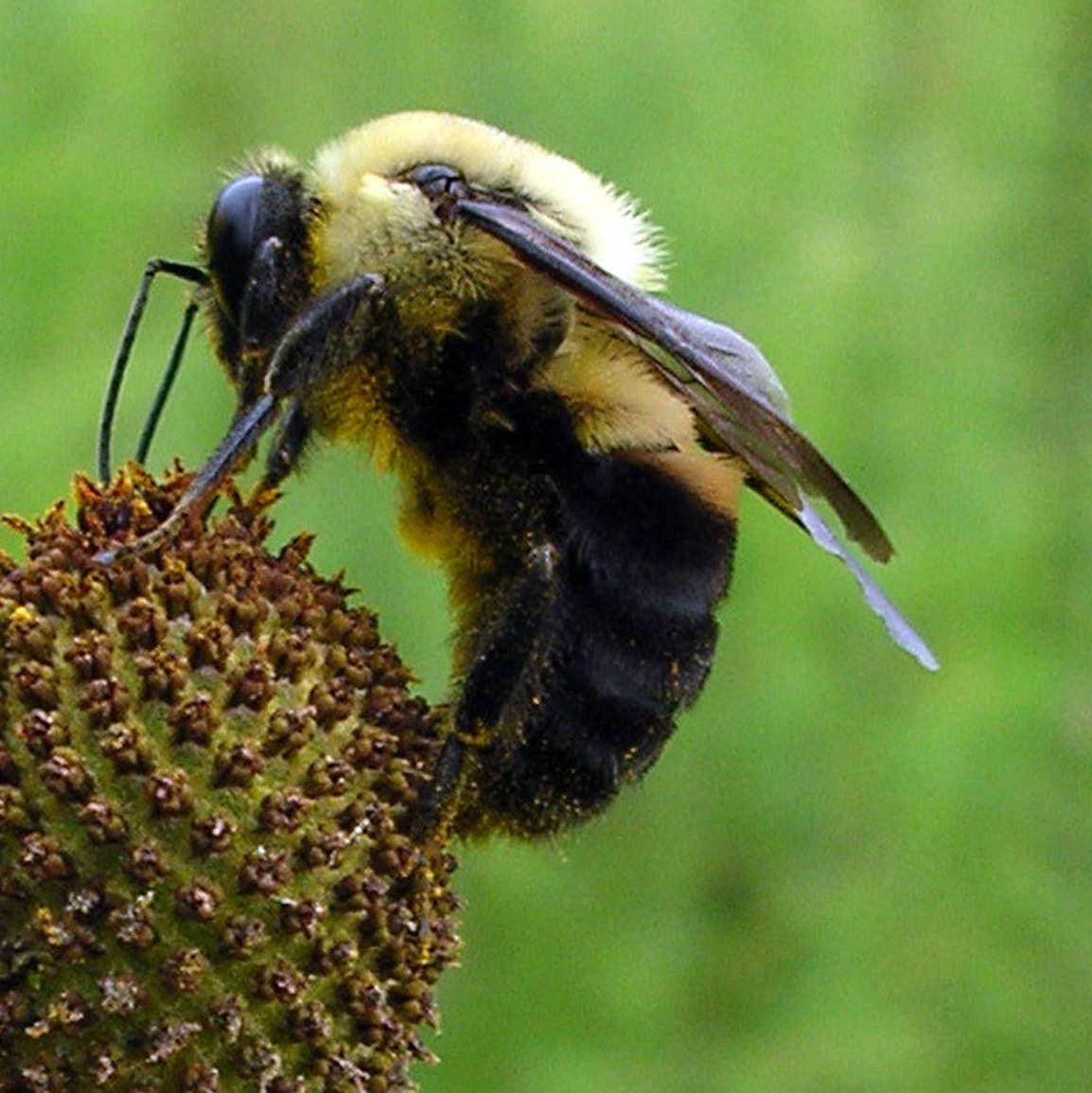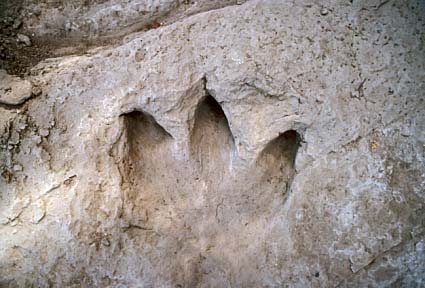Angling/Cooking: Red Fish on the Half Shell
September 26th, 2013This is Passport to Texas
Through December, adult red drum, called bull redfish, congregate near shore in spawning aggregations, making them easily accessible, but not easy to reel in.
05—They’re very powerful; and if you ever catch one it would be like trying to hold a bull in place.
Bill Balboa is a fisheries biologist for the Galveston Bay system. These fish get pretty big – some as long at 48 inches. They’re good looking fish, but are they good eating at that size?
13— It’s just a matter of how you prepare it. It’s going to be a large fillet, so you may want to cut it perpendicular to the long axis of the fish, so you that you get long, narrow strips of meat – sort of like steaks – because, you’re not running along muscle fibers.
I know Bill is a home cook and griller, so I asked him how he might prepare one of these big fish.
21— One of the most popular ways, especially for some of these big ones, is what they call redfish on the half shell. You fillet the fish, you leave the skin and the scales on – you can even leave the ribcage intact on the fillet – and you throw it on the barbecue pit. You can season the flesh with whatever you like. The beauty is, the scales and the skin is so tough, it’s almost impossible to burn the meat of the fish.
Bill says he partially covers the fish with foil and if it is a large fillet, cooks it over direct heat for about 8-10 minutes.
That’s our show…The Sport Fish and Wildlife Restoration program supports our series.
For Texas Parks and Wildlife…I’m Cecilia Nasti.







 Passport to Texas is a
Passport to Texas is a  Passport to Texas is made available by:
Passport to Texas is made available by: